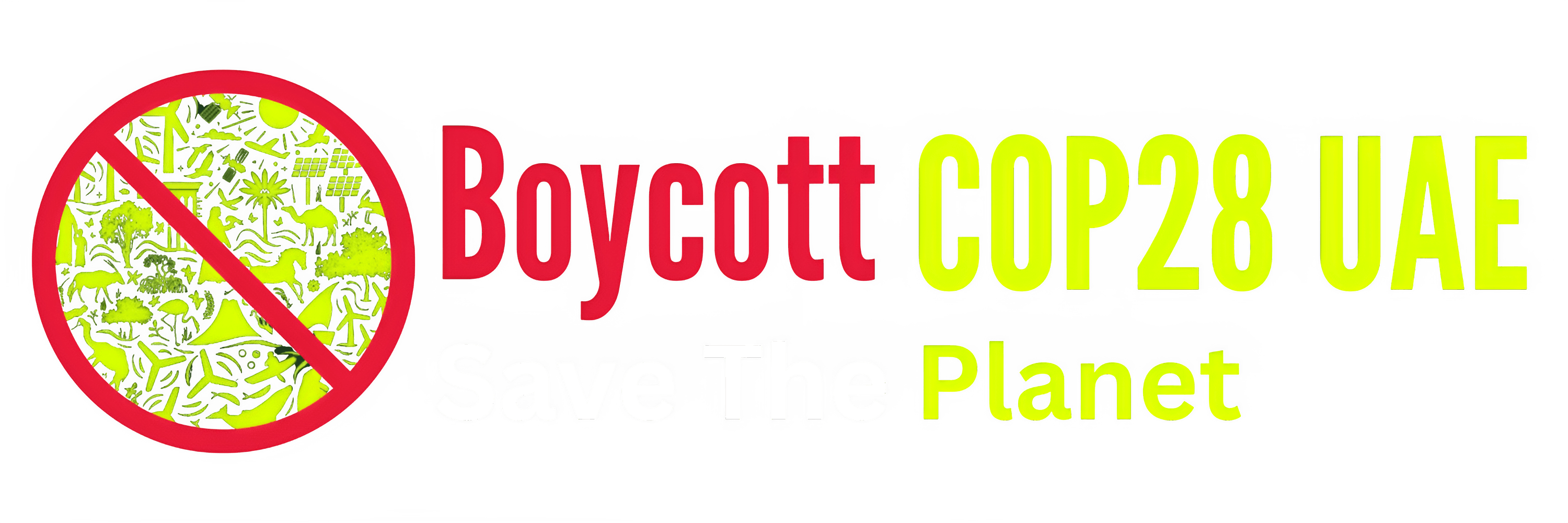Sustainable land management offers a holistic approach that harmonizes economic growth, social well-being, and environmental sustainability. By adopting practices that preserve and enhance the productivity of land while safeguarding its natural resources, we can meet the needs of present and future generations.
The Essence of Sustainable Land Management
The foundation of sustainable land management lies in recognizing that land is a finite resource, and its utilization should not compromise the well-being of future generations. This approach aims to strike a balance between land use for economic prosperity, social development, and environmental preservation. By carefully considering the interconnectedness of various land uses, such as agriculture, forestry, and urban development, we can minimize the adverse effects of human activities on the natural environment.
Read More: COP28 And Knowledge Transfer Climate
Methods for Sustainable Land Management
Numerous methods exist to ensure the health and productivity of land while minimizing negative environmental impacts. Let’s explore some key approaches:
- Conservation Agriculture: Conservation agriculture embraces practices like no-till or reduced tillage, crop residue and cover crop promotion, and crop rotation. These techniques help maintain soil health, reduce erosion, and enhance water retention, ultimately fostering sustainable agricultural practices
- Agroforestry: Agroforestry involves the integration of trees into agricultural landscapes through intercropping or planting trees on field edges or between crops. Trees offer multiple benefits, including providing shade and windbreaks, increasing soil organic matter, and serving as a source of additional income through timber and fruit production
- Integrated Pest Management (IPM): IPM employs strategies such as biological control, crop rotation, and judicious use of chemical controls to manage pests and diseases sustainably. By reducing reliance on synthetic pesticides, IPM promotes biodiversity and ensures long-term pest management solutions
- Sustainable Water Management: Effective water management is crucial for sustainable land use. Rainwater harvesting, drip irrigation, and contour farming help conserve water resources, minimize water pollution, and improve irrigation efficiency. By implementing these practices, we can optimize water usage while mitigating the environmental impact
- Sustainable Forest Practices: To strike a balance between economic, social, and environmental objectives, sustainable forest management is paramount. This approach ensures the health and productivity of forests, reduces carbon emissions, and supports biodiversity preservation. It encompasses responsible logging practices, reforestation efforts, and the protection of critical habitats
- Sustainable Livestock Management: Managing livestock sustainably involves adopting grazing patterns that prevent overgrazing, promoting sustainable feeding practices, and minimizing the use of antibiotics and growth hormones. These measures minimize soil erosion, improve soil health, and reduce greenhouse gas emissions associated with livestock farming
Also Read: Biodiversity Conservation And Sustainable Land Use: Some Effective Methods
COP28 And The Path to a Sustainable Future
The 28th Conference of the Parties serves as a platform to discuss and establish global commitments for biodiversity conservation and sustainable land use. It presents an opportunity for nations to collaborate and share innovative approaches, best practices, and technological advancements that can drive transformative change.
During COP28, it is essential for policymakers, scientists, and stakeholders to emphasize the integration of sustainable land management practices into national policies and frameworks. This integration should also consider the needs and aspirations of local communities to ensure equitable and inclusive development.
Moreover, COP28 should prioritize the protection of critical ecosystems and endangered species by establishing robust regulations against deforestation, illegal wildlife trade, and habitat destruction. By investing in research and development, scaling up sustainable land management initiatives, and fostering international cooperation, we can make significant strides toward a more sustainable and resilient future.
Facts About UAE
- The UAE has only designated 12% of its marine and coastal areas and 16% of its terrestrial areas as protected areas. This is well below the global average of 17% for marine areas and 15% for terrestrial areas
- The UAE’s agricultural sector is a major driver of land degradation and biodiversity loss. Using pesticides and fertilizers has polluted water bodies and led to the decline of pollinators. Overgrazing has also damaged rangelands and led to the loss of native plant species
- The UAE’s rapid urbanization is also putting a strain on biodiversity. The construction of new roads, buildings, and other infrastructure has destroyed natural habitats and fragmented wildlife populations
Conclusion
Biodiversity conservation and sustainable land use are intrinsically linked, and the upcoming COP28 provides an invaluable opportunity to address these pressing global challenges. We can strike a harmonious balance between economic growth, social progress, and environmental well-being by implementing sustainable land management practices. As we forge ahead, let us remember that safeguarding our planet’s biodiversity and managing our land sustainably are noble endeavors and essential steps toward securing a thriving future for generations to come.






